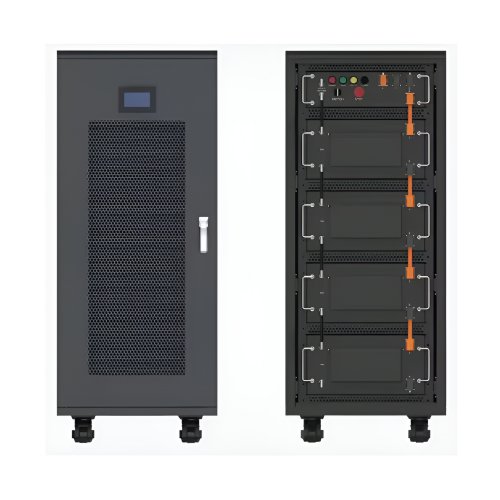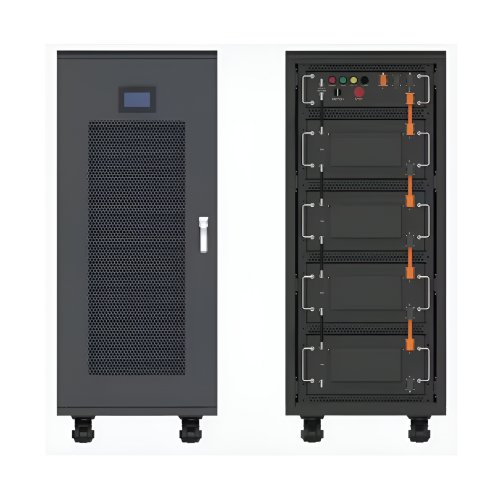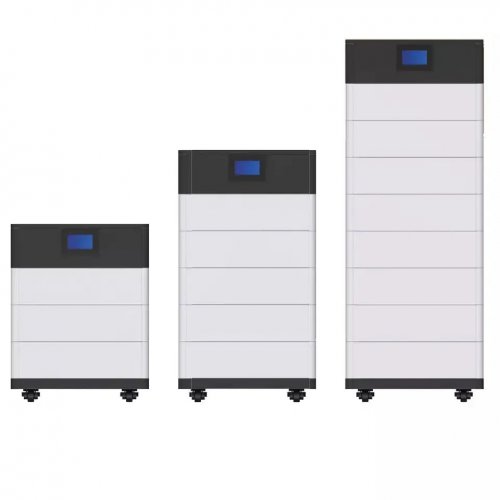Advances In Cost Reduction: Novel Materials, Process Optimization, And Ai-driven Efficiency
The relentless pursuit of cost reduction remains a fundamental driver of innovation across industrial and technological sectors. In recent years, scientific research has transcended traditional methods, delivering breakthroughs that target the very core of production and operational expenses. This progress is not merely about cutting corners but involves a sophisticated re-imagining of materials, processes, and systems through interdisciplinary approaches. Current advancements are primarily concentrated in the development of alternative materials, radical process optimization, and the integration of artificial intelligence (AI) for predictive efficiency, collectively paving the way for a new era of economic sustainability.
A significant frontier in cost reduction lies in material science, where the focus has shifted towards designing and utilizing cheaper, more abundant, and higher-performing alternatives. In the energy sector, the transition from silicon to perovskite solar cells exemplifies this trend. Perovskites offer a dramatically lower manufacturing cost due to their solution-processable nature, enabling deposition via inexpensive techniques like inkjet printing instead of high-vacuum processes required for traditional photovoltaics (Green et al., 2021). Research has aggressively tackled the historical challenges of perovskite stability, with recent studies demonstrating novel molecular passivation techniques that significantly extend cell lifespan without appreciably increasing cost (Jeong et al., 2022). Similarly, in additive manufacturing, the development of polymer composites reinforced with bio-derived or recycled fillers is reducing reliance on virgin petroleum-based materials. Studies have shown that composites incorporating waste-derived carbon or cellulose nanofibers can achieve mechanical properties comparable to standard materials at a fraction of the raw material cost (Torres-Canas et al., 2023).
Parallel to material innovation, groundbreaking process intensification strategies are redefining production economics. Continuous flow chemistry in the pharmaceutical and fine chemical industries is a paradigmatic example. This method replaces large, batch-based reactors with smaller, continuous reactors, offering superior control over reaction parameters, enhancing safety, minimizing waste, and drastically reducing energy and facility footprints (Plutschack et al., 2017). This leads to a lower overall cost of goods. In metal manufacturing, the adoption of additive techniques like binder jetting and cold spray additive manufacturing is eliminating the need for expensive tooling and minimizing material waste—often upwards of 90% compared to subtractive machining—for complex component production (Gibson et al., 2021). These processes not only reduce direct material costs but also shorten supply chains by enabling local, on-demand production.
Perhaps the most transformative development is the pervasive integration of artificial intelligence and machine learning for systemic cost optimization. AI algorithms are now being deployed to create digital twins of entire production processes, from supply chain logistics to factory floor operations. These virtual models can simulate countless scenarios in real-time, identifying inefficiencies and predicting optimal operating conditions that would be impossible to discern through human analysis alone. For instance, AI-driven predictive maintenance algorithms analyze sensor data from industrial machinery to forecast failures before they occur, preventing costly unplanned downtime and reducing maintenance expenses by scheduling interventions only when necessary (Susto et al., 2022). In the realm of resource allocation, machine learning models optimize energy consumption in data centers and manufacturing plants, dynamically adjusting systems to operate at peak efficiency and significantly cutting utility costs.
Looking toward the future, the trajectory of cost-reduction research points toward even greater integration and sophistication. The convergence of AI with materials science is giving rise to self-optimizing laboratories, where AI algorithms design experiments, analyze results, and iteratively develop new low-cost materials with target properties at an unprecedented pace. The concept of the circular economy will also be a major focus, with research prioritizing designs for disassembly and new recycling methodologies that transform waste streams into valuable, low-cost feedstocks, effectively eliminating the concept of waste. Furthermore, as renewable energy costs continue to fall, the decentralization of production through micro-factories powered by local solar or wind energy will emerge as a viable model, reducing both energy and logistical costs.
In conclusion, the contemporary landscape of cost reduction is characterized by a shift from incremental efficiency gains to fundamental technological disruption. The synergy between novel material platforms, intensified manufacturing processes, and intelligent, data-driven systems is creating a powerful toolkit for driving down expenses while simultaneously enhancing performance and sustainability. As these technologies mature and converge, they promise to redefine cost structures across global industries, fostering a new paradigm of accessible and efficient production.
References
Green, M. A., Ho-Baillie, A., & Snaith, H. J. (2021). The emergence of perovskite solar cells.Nature Photonics, 15(5), 323-335.
Gibson, I., Rosen, D., & Stucker, B. (2021).Additive manufacturing technologies: 3D printing, rapid prototyping, and direct digital manufacturing. Springer.
Jeong, J., Kim, M., Seo, J., et al. (2022). Pseudo-halide anion engineering for α-FAPbI3 perovskite solar cells.Nature, 592(7854), 381-385.
Plutschack, M. B., Pieber, B., Gilmore, K., & Seeberger, P. H. (2017). The Hitchhiker’s Guide to Flow Chemistry.Chemical Reviews, 117(18), 11796-11893.
Susto, G. A., Schirru, A., Pampuri, S., & Beghi, A. (2022). Machine Learning for Predictive Maintenance: A Multiple Classifier Approach.IEEE Transactions on Industrial Informatics, 18(2), 812-821.
Torres-Canas, F., Bentaleb, A., & Roman, J. (2023). Cellulose Nanofiber-Reinforced Polymers for Sustainable Packaging: A Review on Properties and Processing.Advanced Materials Interfaces, 10(2), 2201800.
Customized/OEM/ODM Service
HomSolar Supports Lifepo4 battery pack customization/OEM/ODM service, welcome to contact us and tell us your needs.


HomSolar: Your One-stop LiFePO4 Battery Pack & ESS Solution Manufacturer
Our line of LiFePO4 (LFP) batteries offer a solution to demanding applications that require a lighter weight, longer life, and higher capacity battery. Features include advanced battery management systems (BMS), Bluetooth® communication and active intelligent monitoring.

Customised Lithium Iron Phosphate Battery Casing
ABS plastic housing, aluminium housing, stainless steel housing and iron housing are available, and can also be designed and customised according to your needs.

HomSolar Smart BMS
Intelligent Battery Management System for HomSolar Energy Storage System. Bluetooth, temperature sensor, LCD display, CAN interface, UART interface also available.


Terminals & Plugs Can Be Customized
A wide range of terminals and plugs can be customised to suit the application needs of your battery products.

Well-designed Solutions for Energy Storage Systems
We will design the perfect energy storage system solution according to your needs, so that you can easily solve the specific industry applications of battery products.



About Our Battery Cells
Our energy storage system products use brand new grade A LiFePO4 cells with a battery lifespan of more than 4,000 charge/discharge cycles.



Applications in Different Industries
We supply customized & OEM battery pack, assemble cells with wiring, fuse and plastic cover, all the cell wires connected to PCB plug or built BMS.
Applications: E-bike, Electric Scooter, Golf Carts, RV, Electric Wheelchair, Electric Tools, Robot Cleaner, Robot Sweeper, Solar Energy Storage System, Emergency Light, Solar Power Light, Medical Equipment, UPS Backup Power Supply.
We can provide you with customized services. We have the ability to provide a vertical supply chain, from single cells to pack/module and to a complete power solution with BMS, etc.


HomSolar (Shenzhen) Technology Co., Ltd
























